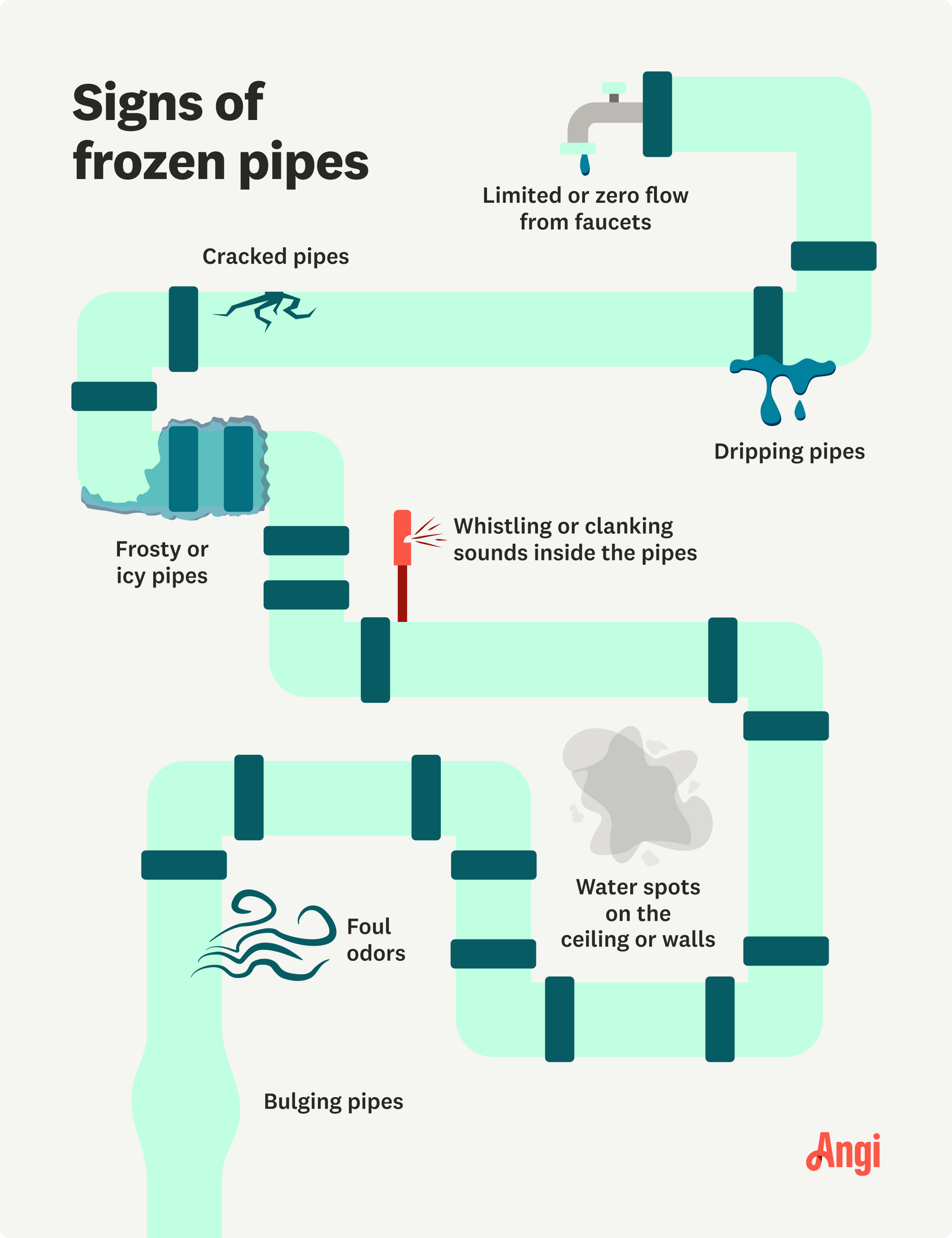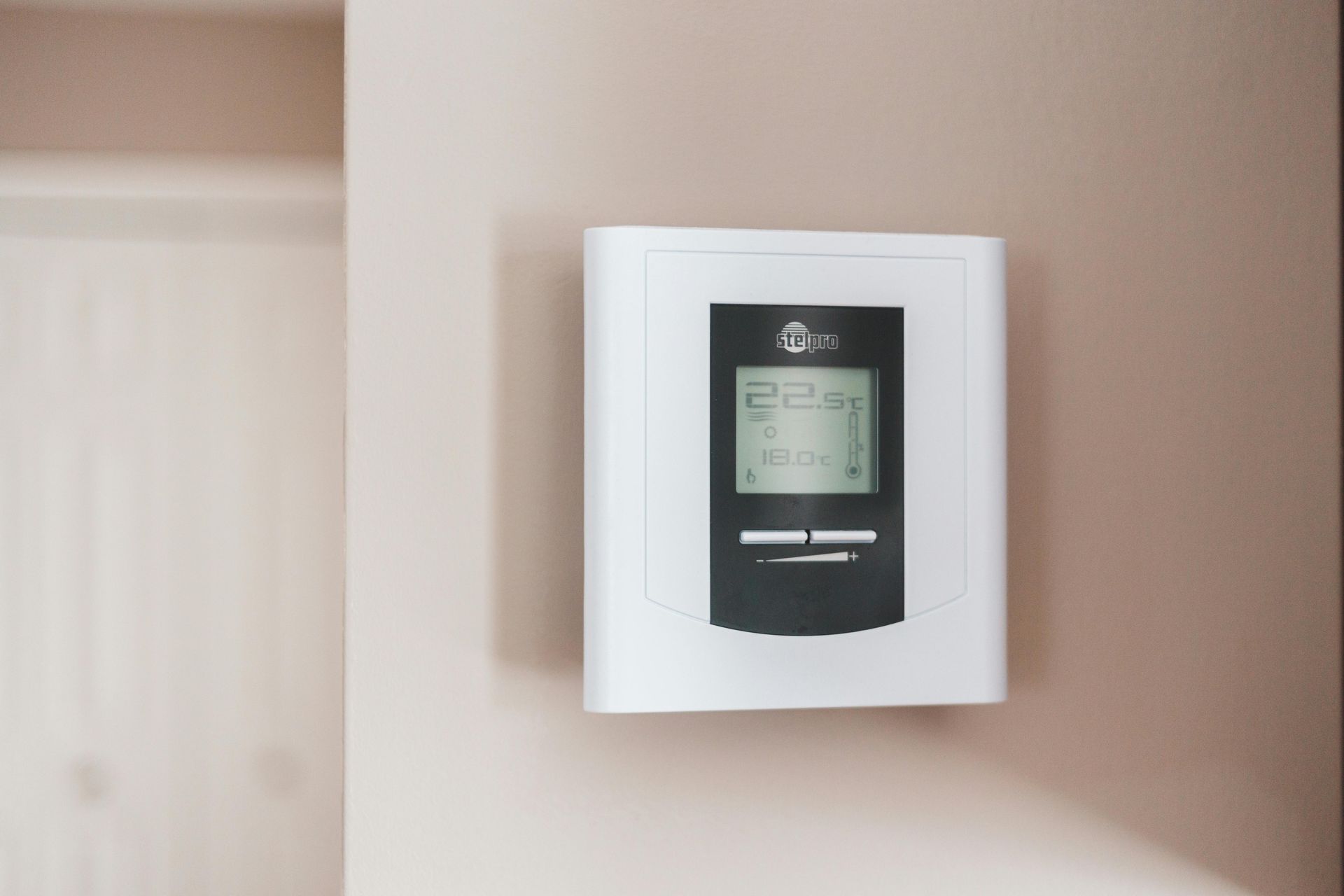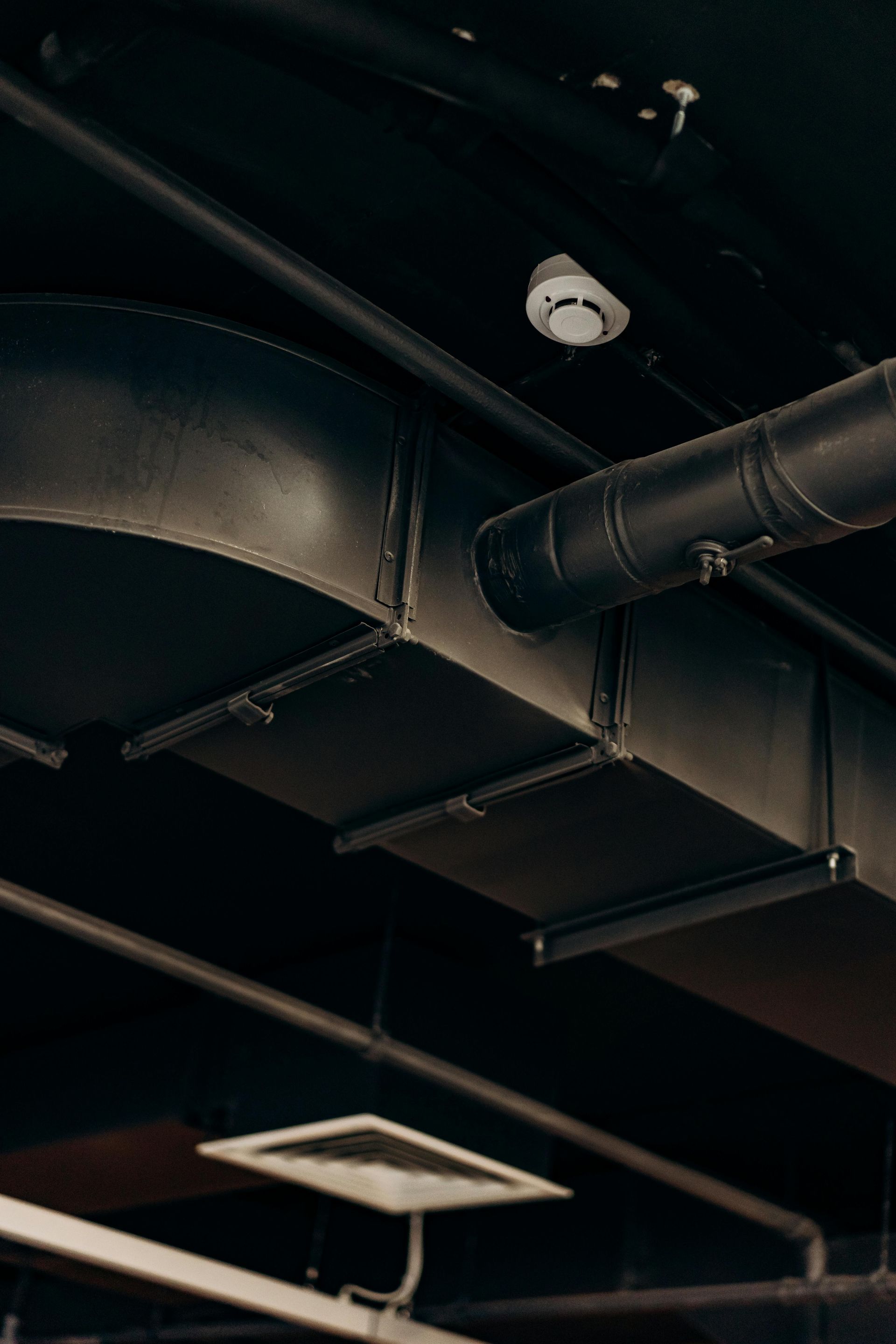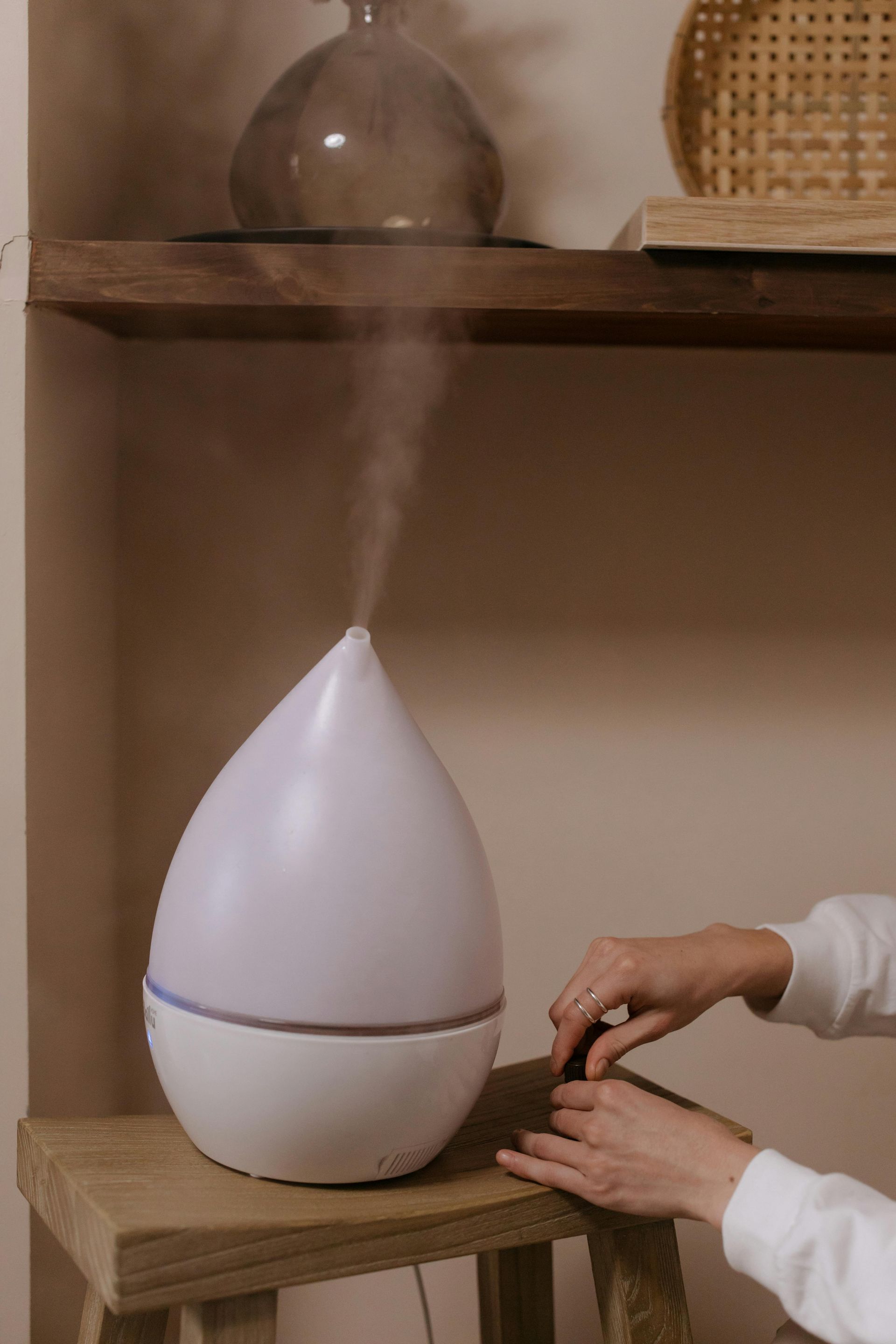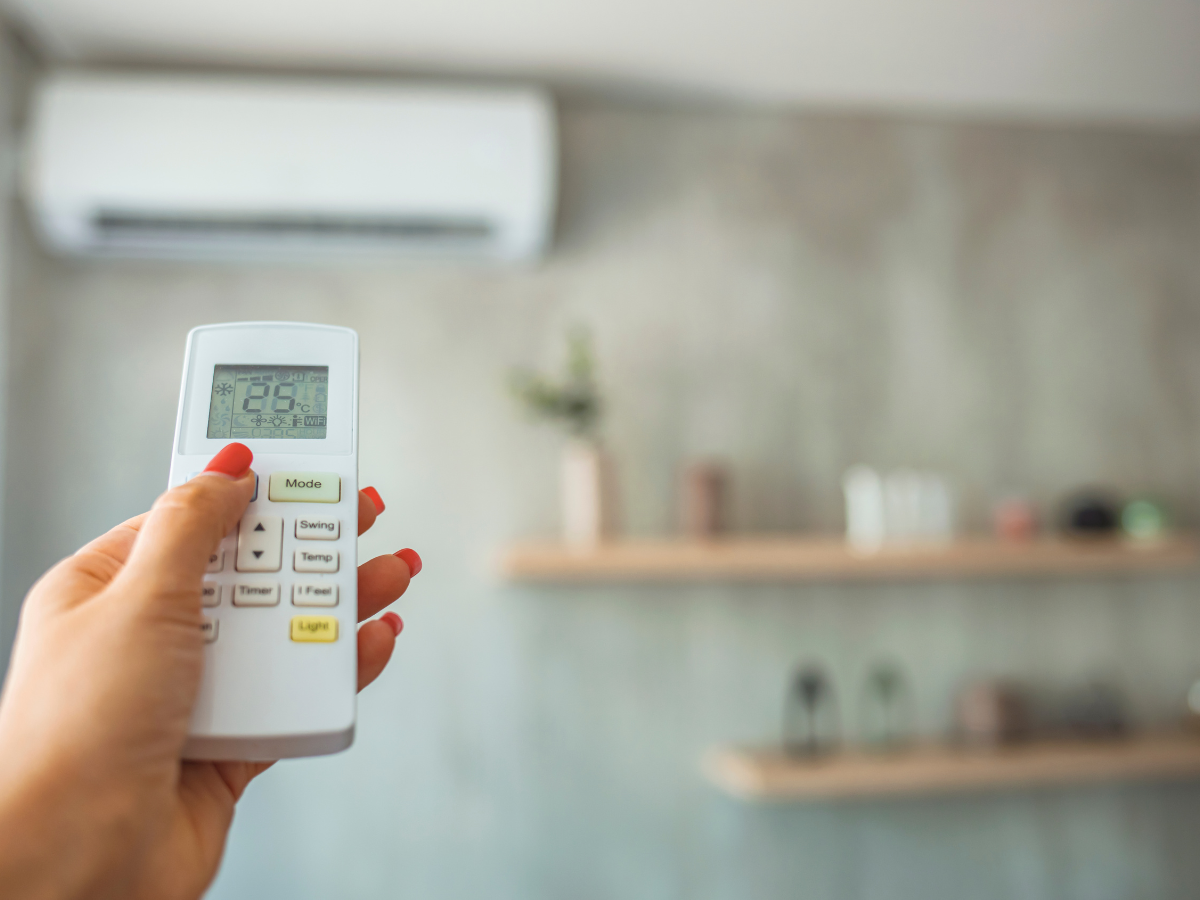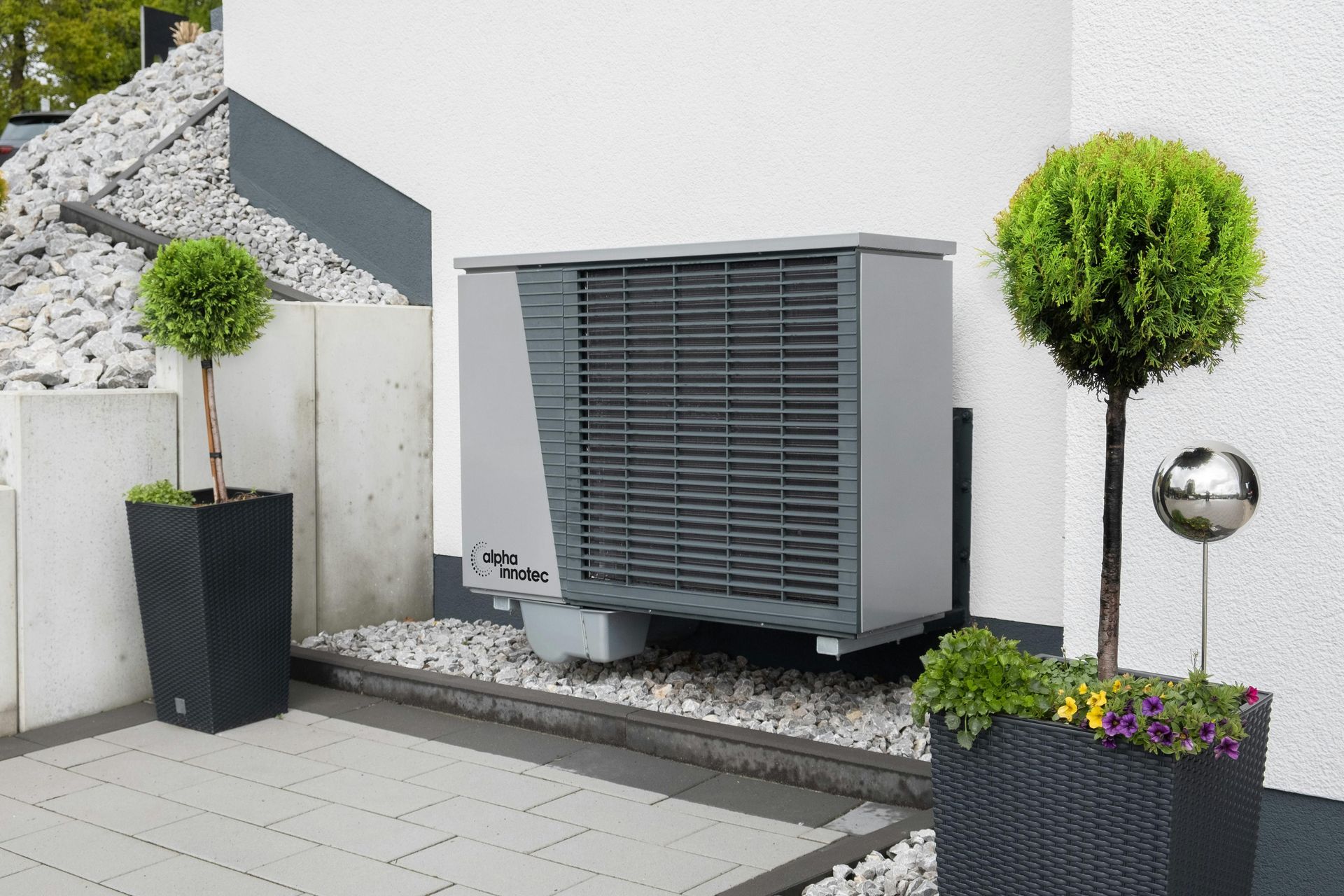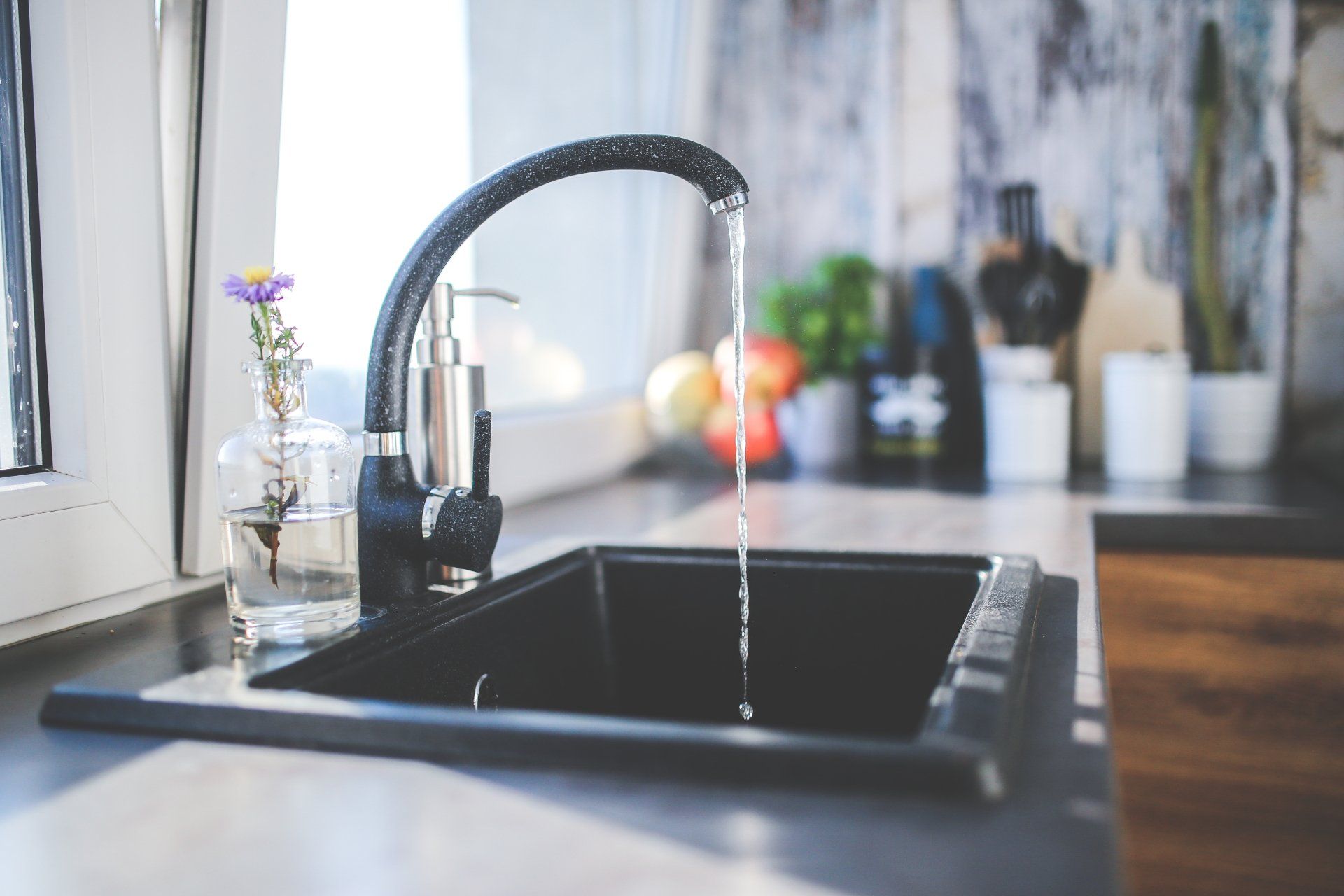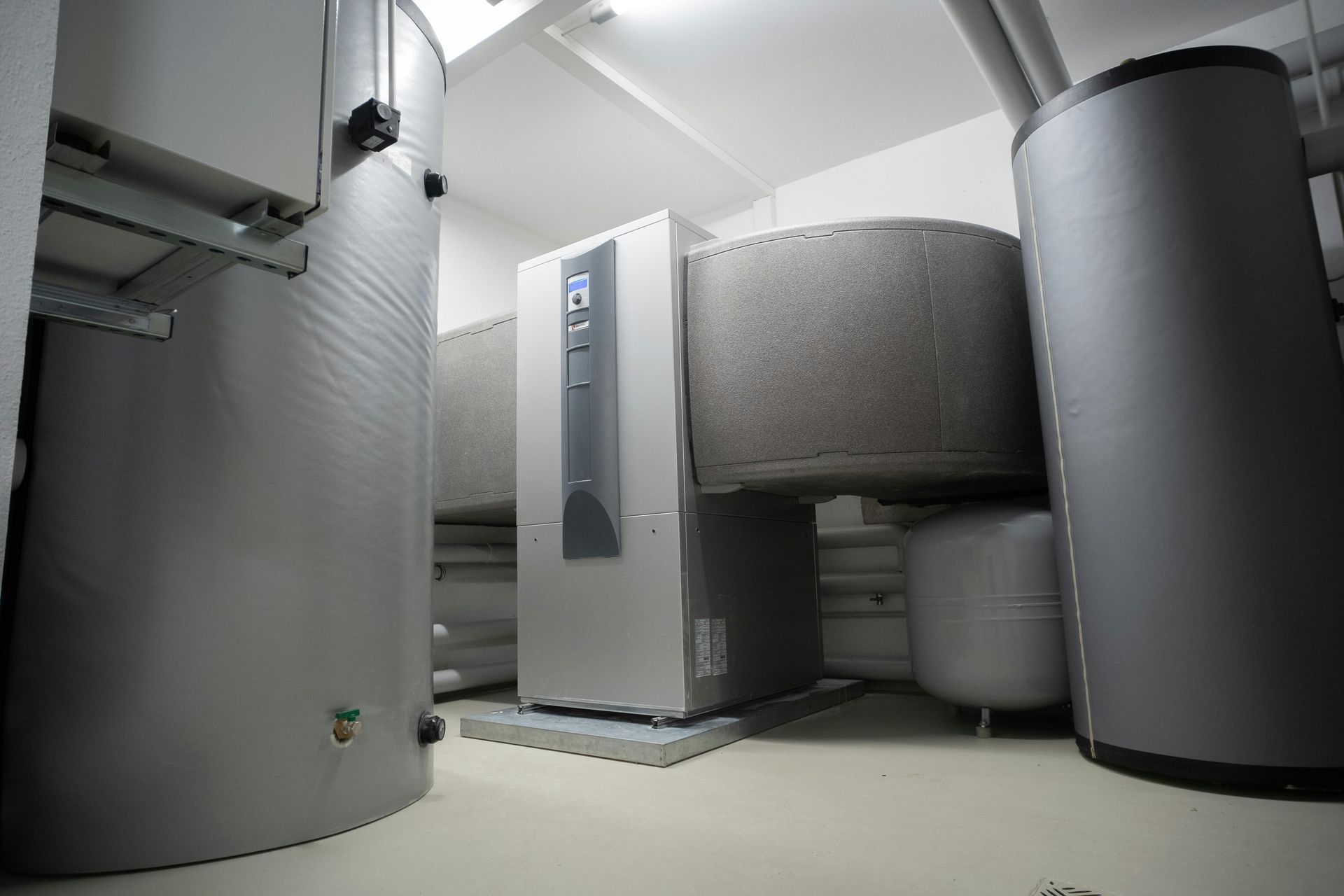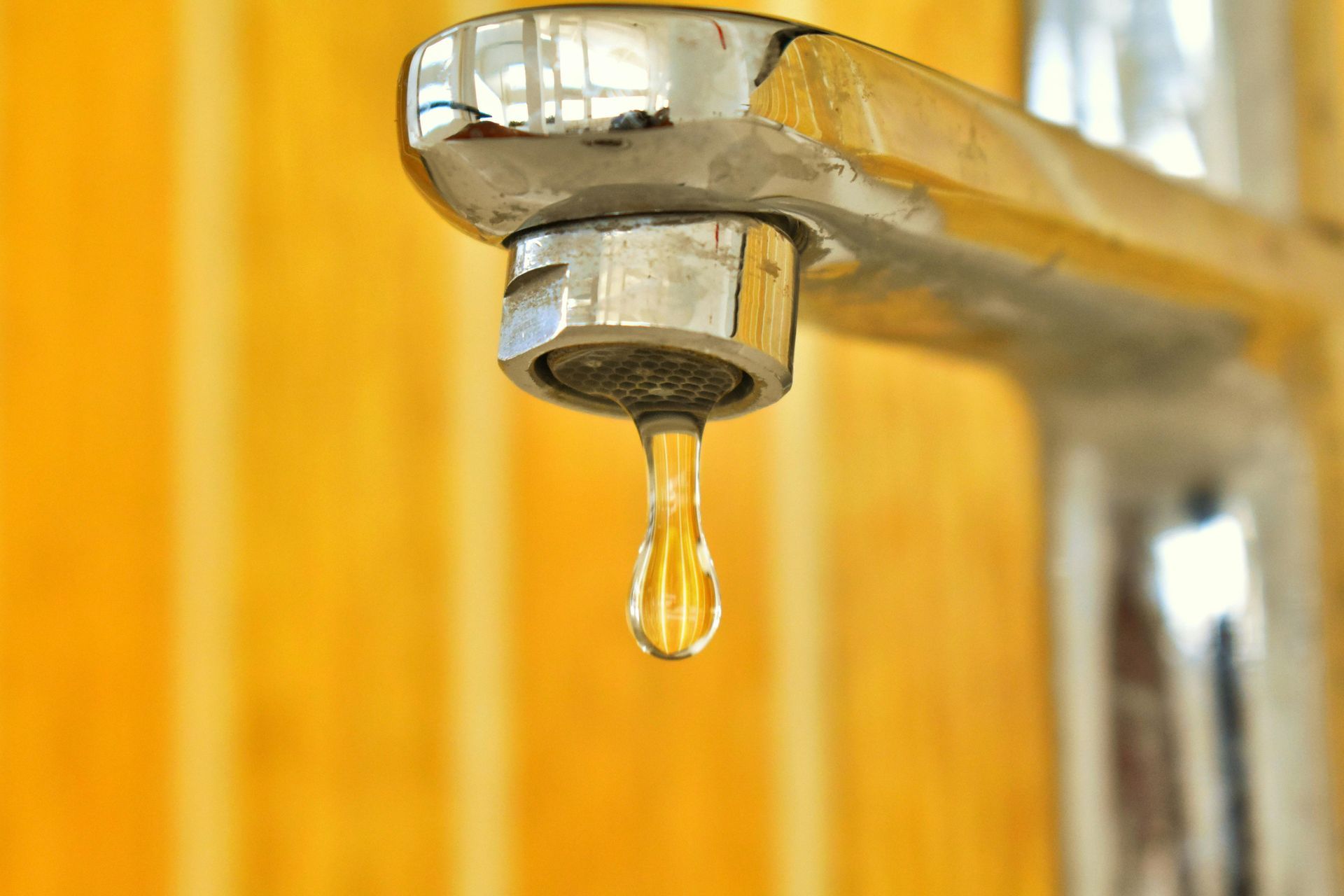Signs Your Pipes May Be Freezing (And What to Do About It)
When temperatures drop, one of the most common and potentially damaging problems homeowners face is freezing pipes. Not only can frozen pipes disrupt your water supply, but they can also lead to significant water damage if they burst. Recognizing the signs of freezing pipes early can save you a lot of trouble and expense.
In this guide, we will dive into the telltale signs your pipes may be freezing and what steps you can take to prevent and address this issue.
Photo By: Angi
Recognizing Signs Your Pipes Are Freezing
Reduced Water Flow
One of the first indicators that your pipes might be freezing is a noticeable decrease in water pressure. If you turn on a faucet and notice that the water flow is weaker than usual, it might be due to ice forming inside the pipe, which blocks the normal flow of water.
Frost on Pipes
Visible frost on the exterior of pipes is a clear sign that the temperature inside the pipe is approaching freezing. Check the pipes in unheated areas of your home, such as the basement, attic, or garage, as these are most susceptible to freezing.
Strange Noises
If you’re wondering, "Can you hear a pipe burst?", the answer is yes. Before a pipe bursts, you might hear strange noises such as banging, clanking, or whistling. These sounds can occur when water, ice, and air are trying to move through a partially frozen pipe.
Unusual Smells
If you notice unusual odors coming from your drains, it could be a sign of a frozen drain pipe.
When a drain pipe is frozen, it can block the passage of sewage gases, which can then back up into your home, causing a noticeable smell.
No Water at All
If you turn on the tap and no water comes out, it’s a strong indication that your pipes may be completely frozen. This situation requires immediate attention to prevent the pipe from bursting as the ice expands.
What Temperature Do Pipes Freeze?
Pipes generally freeze when the temperature outside drops to 20 degrees Fahrenheit or below. However, the actual freezing point can vary depending on factors such as the pipe’s location, insulation, and whether the pipe is exposed to wind.
Photo By: Angi
Steps to Take If You Suspect Your Pipes Are Freezing
Open Faucets
If you suspect that a pipe is freezing, open the faucet attached to the pipe slightly. This will relieve any pressure in the system and allow water to flow, which can help prevent the pipe from bursting.
Apply Heat
To thaw a frozen pipe, gently apply heat to the section of the pipe that is frozen. You can use a hairdryer, heat lamp, or electric heating pad. Avoid using open flames like a blowtorch, as this could damage the pipe or start a fire.
Increase Home Temperature
Raising the temperature in your home can help thaw frozen pipes. Open cabinet doors to allow warm air to circulate around the pipes, especially those located against exterior walls.
Insulate Pipes
"Piping insulation" is a key preventative measure. Wrap pipes in foam insulation, particularly those in unheated or exposed areas, to reduce the risk of freezing. You can also use heat tape to keep pipes warm during extremely cold weather.
Seal Gaps and Cracks
Inspect your home for any gaps or cracks that allow cold air to reach the pipes, particularly in areas where plumbing runs through exterior walls. Sealing these gaps with caulk or insulation will help keep the cold air out.
Preventing Future Freezing
Keep Garage Doors Closed
If water supply lines are located in the garage, keep the garage doors closed to maintain a warmer environment.
Let Faucets Drip
Allowing a small trickle of water to flow through faucets during extreme cold spells can prevent pipes from freezing, as moving water is less likely to freeze.
Maintain a Consistent Temperature
Try to maintain a consistent temperature in your home both day and night. During cold snaps, leave the heat on and set it to a temperature above 55 degrees Fahrenheit even if you are away from home.
Install Pipe Insulation
Consider installing pipe insulation on all exposed water pipes, including those in the basement, attic, and crawl spaces. This is especially important for pipes near exterior walls.
When to Call a Professional
If you’ve tried thawing a pipe and don’t see any improvement, or if you suspect a pipe has burst, it’s time to call a professional plumber. They have the tools and expertise to safely thaw pipes and repair any damage.
Conclusion
At Nauman Inc., we understand the stress that comes with frozen pipes and the potential damage they can cause to your home. By recognizing the signs of frozen pipes and taking preventive measures, you can safeguard your plumbing system during the coldest months. Ensure you're proactive with insulation, maintain a warm environment, and watch for any changes in your water flow.
If you find yourself dealing with frozen pipes or suspect a blockage, don’t hesitate to reach out to our team of experts at Nauman Inc. We’re here to provide you with professional assistance to protect your home and ensure your plumbing remains in top condition.
Contact us today for a consultation, and let us help you avoid costly repairs!


